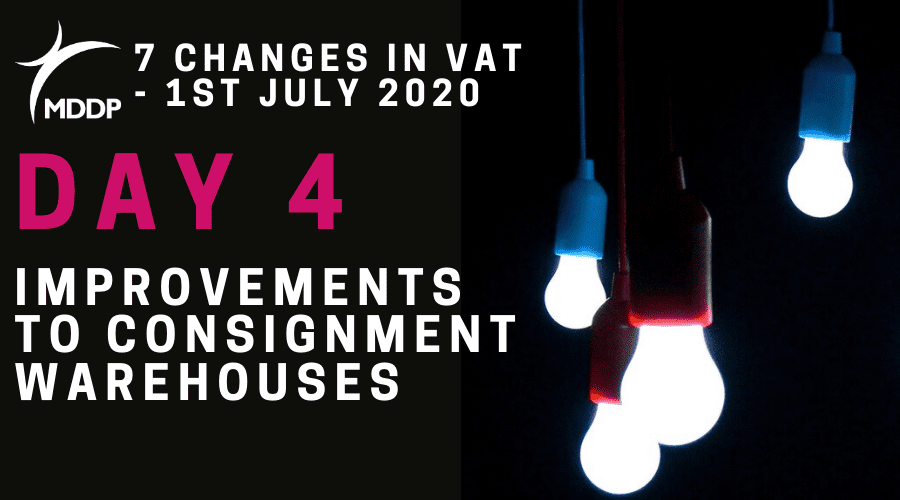7 CHANGES IN VAT: Improvements to consignment warehouses
The current “covid” situation and problems with the financial liquidity of many taxpayers have caused that the question about the introduction of tools improving tax settlements and processes as well as improving cash flow of enterprises is becoming more and more frequent. The recent changes in VAT introduced as part of the so-called Quick Fixes package may help taxpayers. Although the reason for introducing the package was to streamline, unify and tighten the European VAT system, it is worthwhile to take a closer look at them also in terms of seeking tax savings and reducing administrative obligations.
In particular, the package provides for changes concerning consignment warehouses (which will formally enter the Polish legal order as of 1 July this year as part of the implementation of Quick Fixes to the VAT Act). In short, it concerns the sale of goods from one country through a warehouse located in another European Union (EU) country.
As a rule, in the case of a standard movement of own goods, the supplier is obliged to register for VAT purposes in the country of the warehouse, to show at first the non-transactional intra –Community acquisition and then the domestic supply with VAT. On the other hand, the consignment warehouse procedure is based on the fact that only at the moment when the goods are taken from the foreign warehouse by a local customer, the entity sending the goods shows the intra –Community supply in the country of dispatch and the buyer shows the corresponding intra –Community acquisition in the country of the warehouse. Therefore, there is no obligation to register for VAT.
Until now, the construction of the consignment warehouse has not been used at all by some EU countries, which hindered international trade (thus it was necessary to register for local VAT and submit declarations in the country of the warehouse). On the other hand, in Poland, the existing regulations were not very attractive due to restrictions in their application (the inability to conduct commercial activities by such a warehouse and the obligation of the buyer to run them).
However, the popularity of consignment warehouses may increase in the near future. Therefore, it is worth taking a critical look at the supply model used so far to be implemented on foreign markets, precisely in terms of the possibility of its replacement with a new construction of the consignment warehouse.
To sum up, the consignment warehouse offers many advantages, including:
- Easier VAT settlement and no need to register for VAT in other EU countries (also for commercial activities);
- Optimal management of the supply process by ensuring smooth delivery of goods to customers;
- Positive cash flow of the purchaser of the goods (no obligation to incur input VAT in the price).

